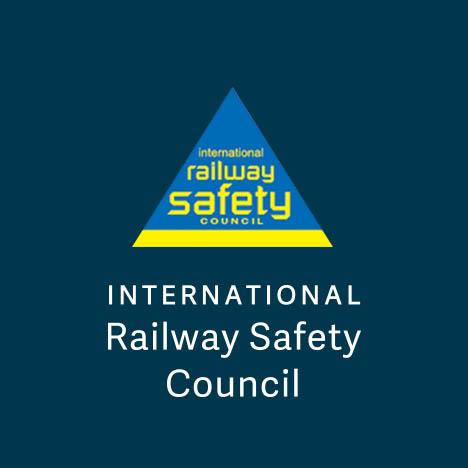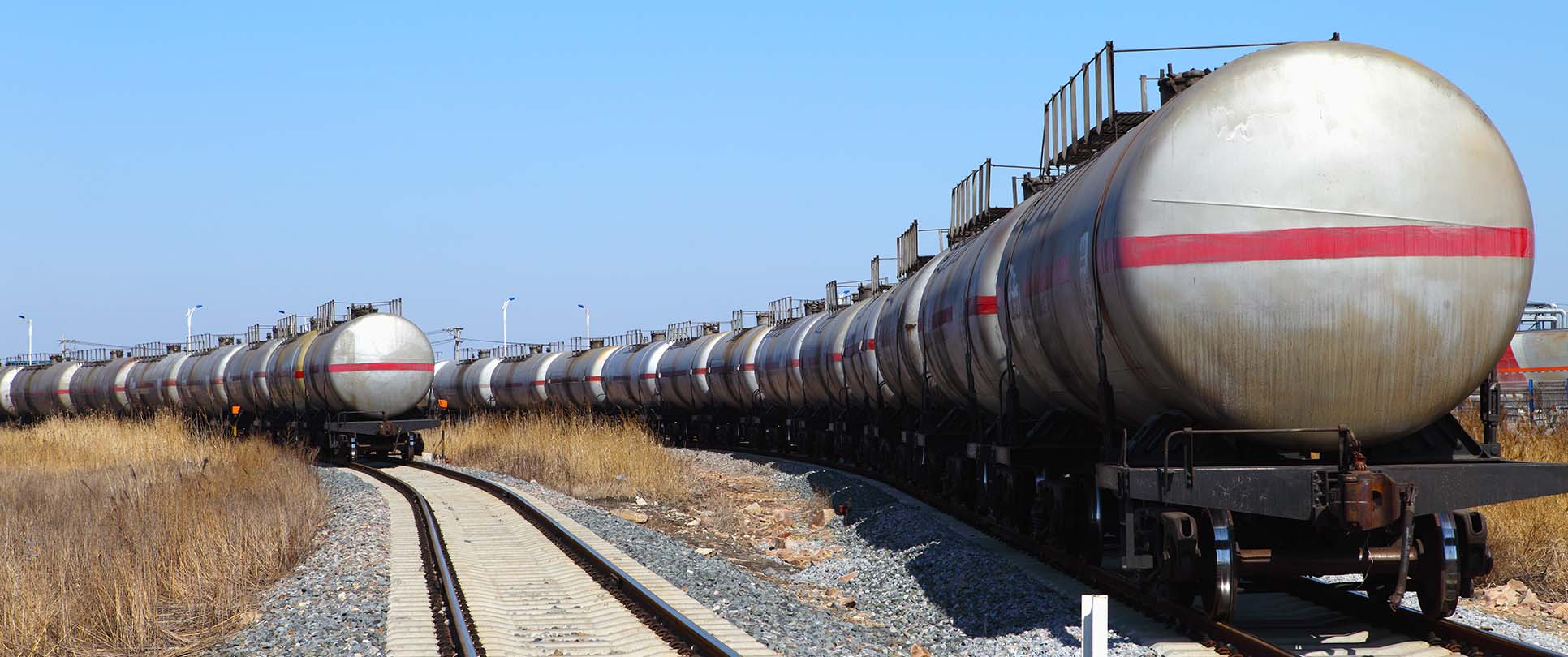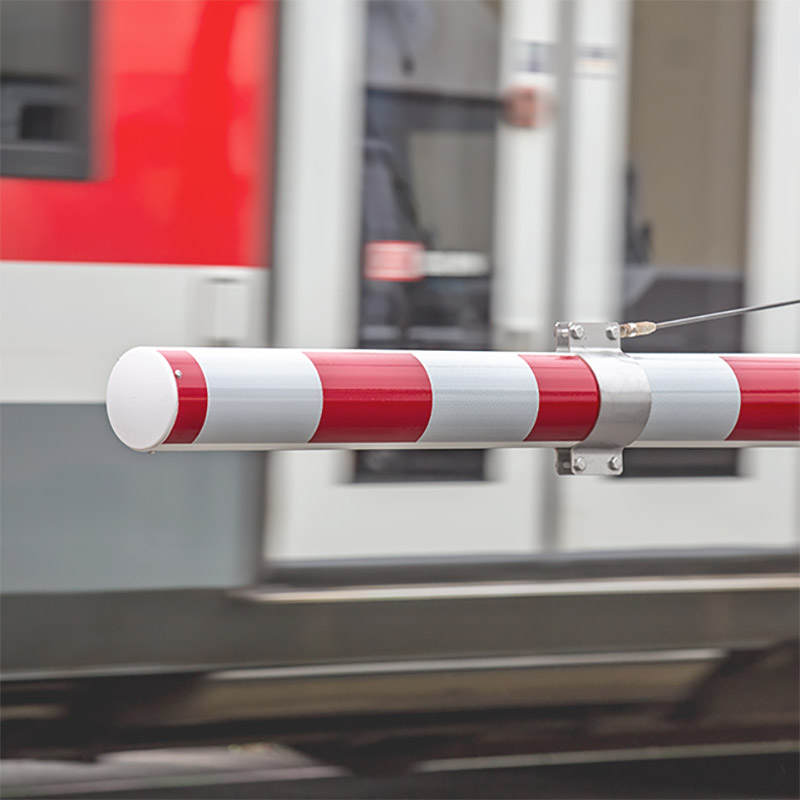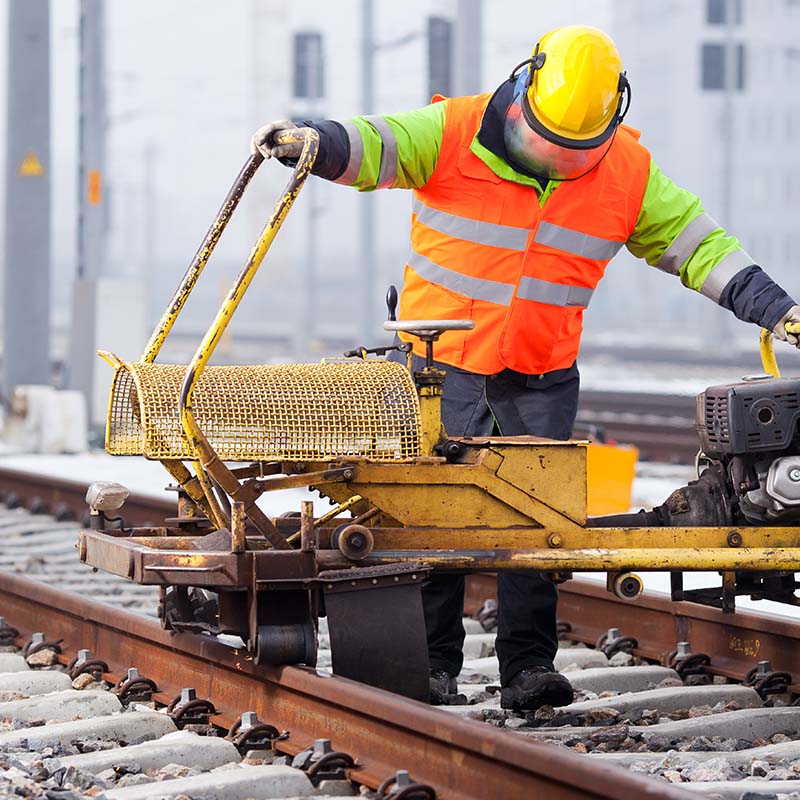cape-town
After the sequence of use of the ERA Safety Climate Survey tool by a huge number of EU railway stakeholders in 2021, the UIC/ERA task force aims at supporting railway organizations into building a positive safety culture by analyzing the first results of their Safety Climate Survey and exchanging best practices with all the staff.
As for any business objective related, the positive evolution of the safety culture within a company, must follow the three steps action plan:
1. safety culture assessment,
2. designing an action plan, and
3. monitoring the action plan.
The first two steps allow for the understanding of the safety culture in the organization, and the identification of actions for a positive safety culture. The use of the ERA SCS tool is crucial in that step.
Monitoring aims at ensuring that the planned actions contribute to a cultural change in the organization, focusing on outcomes rather than outputs. There are several possible tools for monitoring, including indicators, audits, inspections, but also peer reviews that are based on the ERA safety culture model. The peer review approach provides an overview of the perception of safety culture within the company in a transversal way and at different levels of the organization. The ERA safety culture model can then be used as a complementary approach to the task force, and should allow for the identification of proper indicators, in liaise with the existing safety culture program within the company.
While railway operators usually manage to formalize their safety policies and monitoring systems, the indicators they use vary between entities and do not necessarily allow the identification of weaknesses in the safety management system.
Therefore, the measure of safety management system performance through a systemic approach that relates indicators to each other is required to identify areas for improvement. Although the performance of safety management systems is not necessarily instantaneous, it can be assessed through indicators that track the achievement of safety objectives and the development of a safety culture.
Three types of indicators can be used to monitor these results and evolution: obviously, “result indicators”, are frequently the simplest to set up, in order to measure whether the actions underway are producing a positive and sustainable outcome. The UIC is working on developing guidelines on appropriation indicators and deployment indicators, in addition to the result indicators, which will make it possible to measure more accurately progress in terms of safety culture:
– “appropriation indicators”, must be designed in order to assess where the company is in relation to its safety objectives;
– “deployment indicators”, must be designed also, in order to measure what is being done to develop a safety culture;
Even if there is no universal method for managing safety activities, the more a safety culture is developed, the more the safety management system is consolidated and gain in robustness.





